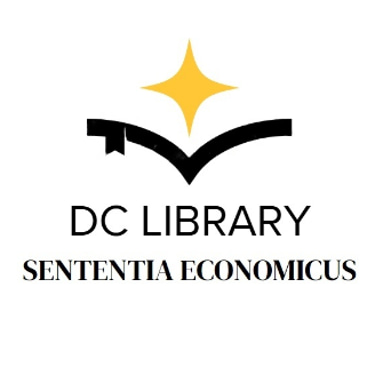Dollarization
This post explores the complex phenomenon of dollarization, where foreign currencies—especially the U.S. dollar—replace or supplement the local currency in savings, transactions, or debt. We break down its official vs. unofficial forms, distinguish real vs. financial dollarization, and trace its progression from asset substitution to full pricing in foreign currency. The article also covers sectoral exposure (households, firms, government) and highlights why reversing dollarization is critical for monetary sovereignty. A must-read for economists, investors, and policy enthusiasts navigating emerging market dynamics.
Doğukan CANBAZLAR, ChatGPT
6/9/20252 min read


What is Dollarization
Dollarization, the extensive use of a foreign currency (most often the U.S. Dollar or Euro) within a domestic economy, is a critically important phenomenon that extends beyond mere currency substitution to encompass its roles in savings, debt, transactions, and even mental accounting.
It primarily arises in environments of high inflation and volatility, as economic agents seek a "hard" store of value to preserve wealth and facilitate economic activity.
Why Dollarization Matters
Dollarization is crucial because it fundamentally alters a nation's economic landscape, impacting its control, stability, and policy toolkit.
Why:
Loss of Monetary Policy: A country gives up its ability to manage its economy through interest rates, money supply, or exchange rates, essentially outsourcing this power to a foreign central bank.
Financial Risk: It creates currency mismatches (local income, foreign debt), making the economy vulnerable to financial shocks and limiting the central bank's role as a crisis lender.
Fiscal Impact: The government loses seigniorage (profit from issuing currency), impacting its revenue.
Credibility vs. Autonomy: While it can signal stability and attract investment, it comes at the cost of vital economic independence.
Dolarization 6 dimension
Dollarization is often misunderstood as simply "using dollars instead of local currency"—but in reality, it's a multifaceted phenomenon that touches every layer of an economy. To truly grasp its depth, we need to analyze it through six distinct lenses, each answering a different question about how, why, and where dollarization occurs.
1) Legal Status
Is the foreign currency officially accepted?
Official Dollarization: USD is the only legal tender. (e.g., Ecuador, El Salvador)
Semi-official: USD and local currency are co-legal. (e.g., Cambodia, Bahamas)
Unofficial: Foreign currency is used widely despite not being legal tender. (e.g., Turkey, Argentina)
2) Functional Type
What is the role of foreign currency in the economy?
Real Dollarization: FX is used in payments, pricing, rent, wages.
Financial Dollarization: FX dominates deposits, loans, and financial assets.
These two often reinforce each other—especially during inflationary or crisis periods.
3) Substitution Stage
How deeply embedded is the use of foreign currency?
Asset Substitution: People hold dollars as savings.
Currency Substitution: Dollars are used in everyday transactions.
Unit of Account Substitution: Prices, salaries, and mental accounting are done in USD.
This reflects not just behavior, but perception and expectations about future currency stability.
4) Sectoral Scope
Who in the economy is dollarized?
Households: FX savings, physical dollars, informal hedging
Corporates: FX-denominated loans, contracts, input pricing
Banks: FX liabilities, swap exposures
Government: FX-indexed infrastructure deals, Eurobond debt
Capital Markets: FX-denominated bonds, foreign investor dominance
5) Geographic Spread
Where is the dollarization occurring?
Domestic: Within the country (onshore banking system)
External: Offshore savings, Eurobond issuance, foreign borrowing
Shadow: Gold, stablecoins (e.g., USDT), informal FX systems
This dimension is key for assessing systemic risk, capital flight potential, and regulatory blind spots.
6) Intensity Level
How dollarized is the country in quantitative terms?
High: FX deposits > 50% of total
Moderate: 20% – 50%
Low: < 20%
These thresholds are commonly used by the IMF, BIS, and central banks to track vulnerability and dedollarization progress.
How Many Countries Are Officially Dollarized?
While most countries use their own national currency, a small group has officially adopted a foreign one—usually the U.S. dollar or the euro—as legal tender.
✅ 13 countries and territories are officially (de jure) dollarized
11 use the U.S. dollar (e.g., Ecuador, El Salvador, Panama)
2 use the euro without EU membership (Kosovo, Montenegro)
🌐 The rest—249 countries and regions—issue and use their own currencies, though many still face unofficial or financial dollarization risks.
